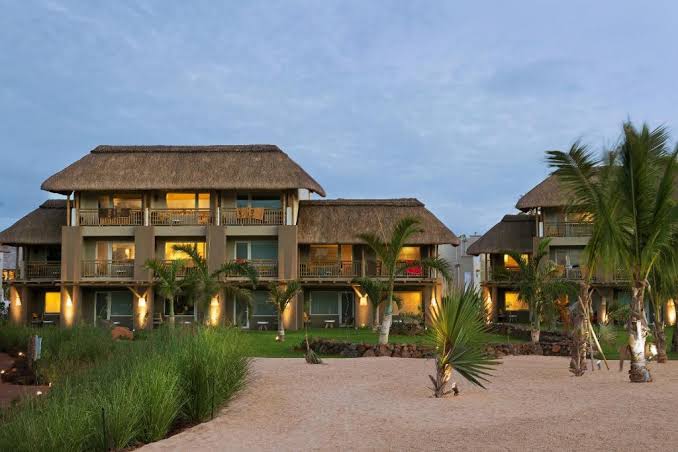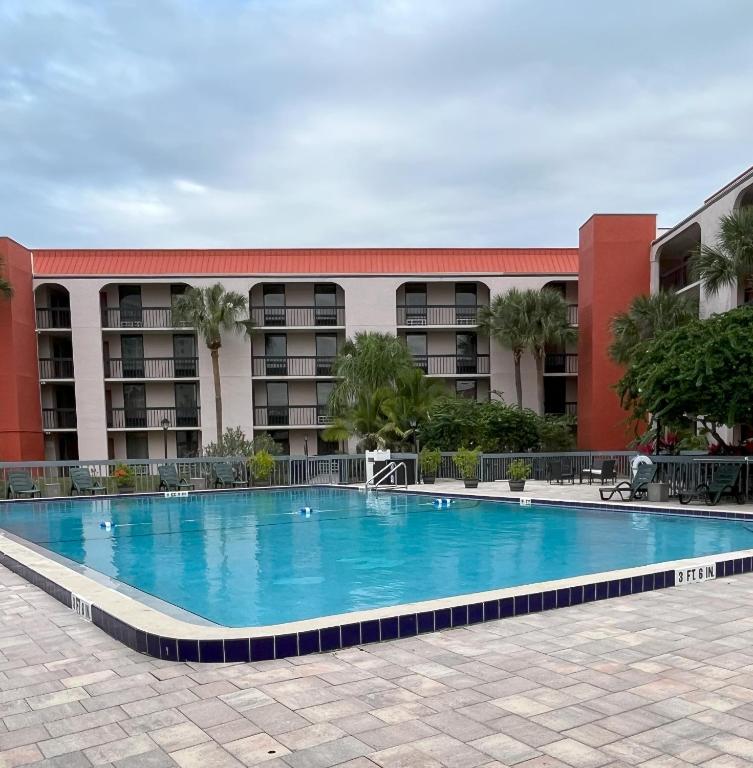Early Indian Immigrants and the Seeds of Enterprise
From Humble Beginnings: Early Indian Immigrants and the Seeds of Enterprise
At the turn of the 20th century, the earliest waves of Indian immigrants to the United States were scarcely more than a few hundred men—mainly Sikhs from colonial Punjab—who found work as laborers on the West Coast. Facing racial discrimination under exclusionary immigration laws, many of them gravitated toward agricultural and railroad jobs. Their numbers were small, but their resilience was vast: they built community gurdwaras (Sikh temples) and mutual aid societies, laying the groundwork for future generations.
By the 1950s and 1960s, immigration patterns had shifted. Driven by the Immigration and Nationality Act of 1965, which dismantled quota-based restrictions, thousands of skilled Indian professionals—engineers, doctors, scientists—arrived in the U.S. Their narratives often emphasized individual achievement rather than communal solidarity. Yet, it was the children of those immigrants—the so-called “1.5 generation”—who began to lay the foundations of a burgeoning family-focused entrepreneurial culture.
2. The Motel-Miracle: Enterprising Second-Generation Immigrants
Against the backdrop of the 1970s, America’s motor-court motels began to fall into disrepair. Large hotel chains focused on major cities, leaving smaller roadside properties neglected. At the same time, newly minted Indian-American graduates were looking for accessible business ventures that didn’t require corporate connections or massive capital.
What emerged was a simple yet transformative idea: buy a mom-and-pop motel, self-manage, and funnel profits into family needs—education, healthcare, communal support. The overhead was low, the margins consistent, and the barriers to entry modest. Through exhaustive research and resilient management, these early owners steadily turned broken-down motels into reliable, clean overnight options for travelers.
This motel-to-wealth blueprint spread quickly through community networks—word of mouth, temple gatherings, regional associations. Some foresaw scaling further: buying additional properties, franchising under established brands, and repositioning their image from “budget stay” to value-conscious comfort.
3. Community Structures: Financing and Shared Wisdom
Central to the motel boom’s success was the distinctive financial model adopted within Indian-American communities. Formal banks were often cautious in lending to minority borrowers with unconventional plans, particularly in hospitality—a high-risk segment. As a result, aspiring hotel owners turned inward, leaning on informal networks known as “chits”, “shield funds”, and “committee boxes”—cultural, rotational savings schemes that provided accessible capital without high interest or red tape.
This grassroots financial system was complemented by collective knowledge-sharing. During temple events, weddings, and community ceremonies, fledgling entrepreneurs would inquire: “How did you secure financing?” “Which franchise partner is best?” “What renovations deliver the highest ROI?” This regular peer-to-peer exchange of hard-earned insights turned hotels into joint projects, supported both financially and educationally by an entire community.
4. The Franchise Strategy: From Independent Motels to National Brands
By the 1980s, motel owners began to recognize the power of association with national brands. Aligning with respected franchise names brought marketing muscle, loyalty programs, and standardized operations—factors that significantly increased bookings and profits.
However, the transition wasn’t always easy. Turning mom-and-pop motels into branded properties required major renovation, new technology infrastructure, and strict adherence to corporate standards. Yet the investment paid off. Many Indian-American owners leveraged their earlier success to negotiate favorable financing deals, then reinvested profits to build portfolios of branded hotels—Holiday Inn Express, Comfort Suites, La Quinta and others.
By the early 1990s, this strategy had taken root. Multi-hotel ownership became the norm, not the exception. Family-run operations employed extended relatives and community members, fostering an ecosystem of trusted workers and managers who shared cultural values and language.
5. COVID & Crisis: Agility in Uncertain Times
When the COVID-19 pandemic hit in 2020, the hospitality industry was crippled. Occupancy rates plummeted, loans were deferred, and borders shut down. Yet Indian-American hotel owners showed remarkable resilience. Their prior reliance on flexible, family-based management—rather than high-priced executive staff—kept labor costs lower. Their conservative financial culture meant many had lower debt loads and could fund key pandemic-era upgrades (like contactless check-ins and enhanced cleaning protocols) without seeking emergency loans.
In many cases, owners used the downturn to invest strategically—repurchasing stock, upgrading HVAC systems, or retrofitting properties to meet rising traveler expectations around health ahead of demand rebounding. By 2022, as travel resumed, their habits of lean management and quick adaptation put them ahead of the curve.
6. Second & Third Generations: Diversification and Legacy
While first-generation motel owners focused on property acquisition and stabilization, their children—many born and raised in the U.S.—are approaching the business differently. Armed with business degrees from American universities and fluency in hotel technology systems, millennials and Gen Z spokespeople are steering into upscale segments: lifestyle boutique hotels in urban centers, resort properties in vacation destinations, and sustainable eco-lodges.
Recognizing the limitations of a property-centric model, some families are building multi-dimensional hospitality groups: owning hotels, but also operating regional management platforms that oversee operations for other independent properties. They’re entering exclusive markets (long-term stays, co-living, wellness retreats) and pushing for equity positions in commercial real estate investment trusts and hospitality-tech startups.
7. Cultural Connectivity: Hospitality as Personal Identity
What sets Indian-American hoteliers apart isn’t just business acumen—it’s a culturally rooted approach to hospitality. Inspired by traditional values of “atithi devo bhava” (“the guest is god”), many properties foreground warmth, personal care, and flexibility—such as accommodating early check-ins for families arriving on long-haul flights, or crafting staff training programs that emphasize underlying respect, not just cleanliness standards.
This blend of personal warmth with professional polish has earned Indian-American properties consistently high ratings on review platforms. It’s also created cross-cultural synergy: guests often rate the experience not just on amenities, but on the sense of being truly welcomed—which has become a valuable brand differentiator.
8. Challenges Ahead: Saturation, Regulation, and Succession
Despite remarkable growth, Indian-American hoteliers face headwinds. Some motel markets have reached saturation, pushing new ventures into urban outskirts where land is pricier. Regulation around hotel operations—labor laws, zoning, environmental compliance—has grown more complex. Larger franchise chains exert higher control and lower margin flexibility.
Furthermore, succession planning looms large. Not all second—and especially third—generation heirs are inclined to take over dusty motel offices. As families grow more diverse in career interests, they risk splitting ownership or losing focus. Deciding who runs the business—and how—amid intergenerational differences presents both internal and external business challenges.
9. The Economic Impact: Community Wealth & Local Development
Through this motel-to-hotel empire movement, Indian-Americans have created sizeable community wealth. Across the U.S., entire neighborhoods have been reinvigorated by hotel-led development—bringing in local jobs, tourism dollars, and infrastructure improvements like better signage and safer public spaces. In some cases, hotel owners partnered with municipalities for public-private projects (e.g., revamping downtown districts to attract convention tourism).
Moreover, profits have been channeled into educational scholarships, entrepreneurship grants, and the establishment of business mentorship programs focused on hospitality leadership—benefiting both South Asian youth and the wider immigrant communities.
10. A Model of Generational Business Building—and What It Teaches
The Indian-American hotel ownership boom is more than a cultural success story: it offers a replicable model for how immigrant communities can scale from small-scale entrepreneurship to major-league economic influence. Key takeaways include:
-
Community financing as venture capital: Rotating savings and informal lending lowered the barrier to entry.
-
Peer education as business school: Shared tips and practices created a de facto networked mentorship platform.
-
Scaled trust and employment: Family- and community-based staffing models minimized turnover and built reputational capital.
-
Strategic brand alignment: Transitioning to franchises leveraged national loyalty.
-
Cultural hospitality as brand asset: Embedding cultural values in customer experience created loyalty that transcended price.
11. Looking Ahead: Will the Legacy Endure?
With changing demographics and generational shifts, the true test lies ahead. Will the motel-based legacy thrive through urban boutique expansions, generational handoffs, and geopolitical uncertainties? Signs point to yes—partly because newer operators are blending tradition with professionalization: instituting clear governance, incorporating outside talent, and exploring joint ventures beyond hospitality (like real estate development, co-working, and senior living).
Yet, the essence remains: a foundation in community, thrift, trust, and service.
12. Final Reflection: A Stay That Lasts Beyond Check-Out
The journey of Indian-American hotel ownership—from modest roadside motels to multi-brand portfolios—is more than business evolution. It’s a story of adaptation, resilience, and vision. It shows how a community, often outsiders, can seize opportunity by leaning on collective wisdom, cultural identity, and generational ambition. It invites others to ask: what untapped possibilities lie in overlooked spaces—and how might we recreate this model in new industries?
At checkout, the experience lasts more than nights spent—it becomes a legacy carried forward in families, neighborhoods, and the very architecture of opportunity in America.
Key Lessons at a Glance
| Pillar | What It Means | Result |
|---|---|---|
| Community Capital | Chit schemes, shared financing | Access to investment |
| Knowledge Transfer | Local networks, temple mentorship | Accelerated learning |
| Family Workforce | Trust-based labor model | Efficient operations |
| Branding Strategy | Transition to franchise system | Wider market access |
| Cultural Hospitality | Emphasis on warmth and respect | Higher guest satisfaction |
| Generational Planning | Business hand-offs, professionalization | Sustained growth |
This trajectory of Indian-American hoteliers vividly demonstrates what can happen when focused entrepreneurship meets communal strategy and cultural integrity—an embodiment of immigrant ingenuity reshaping an entire industry.







